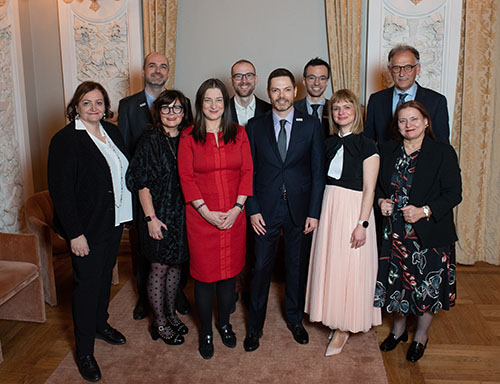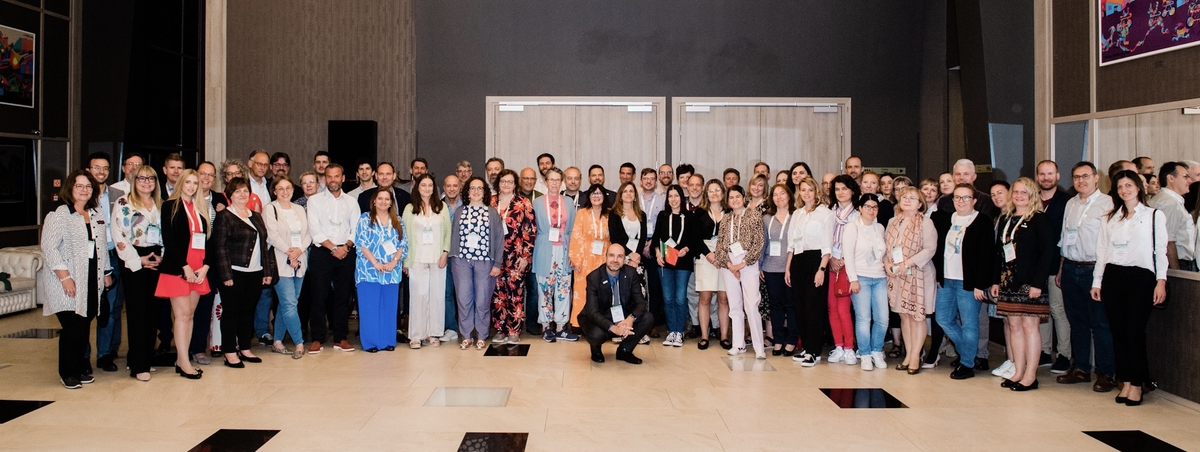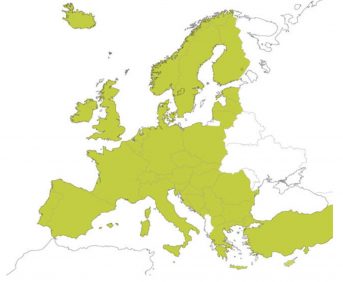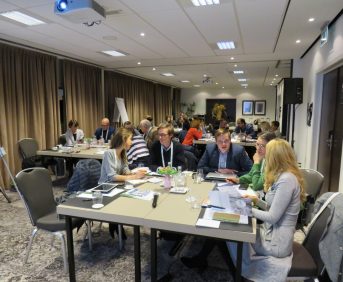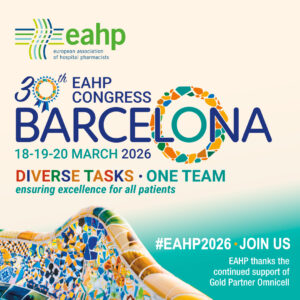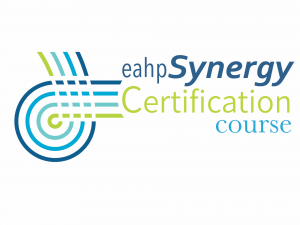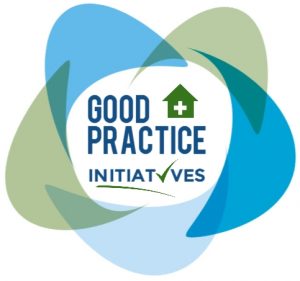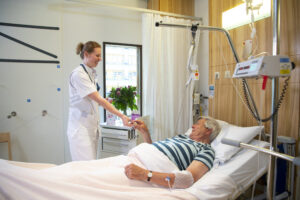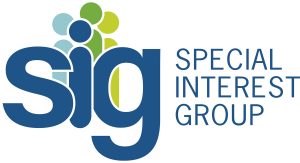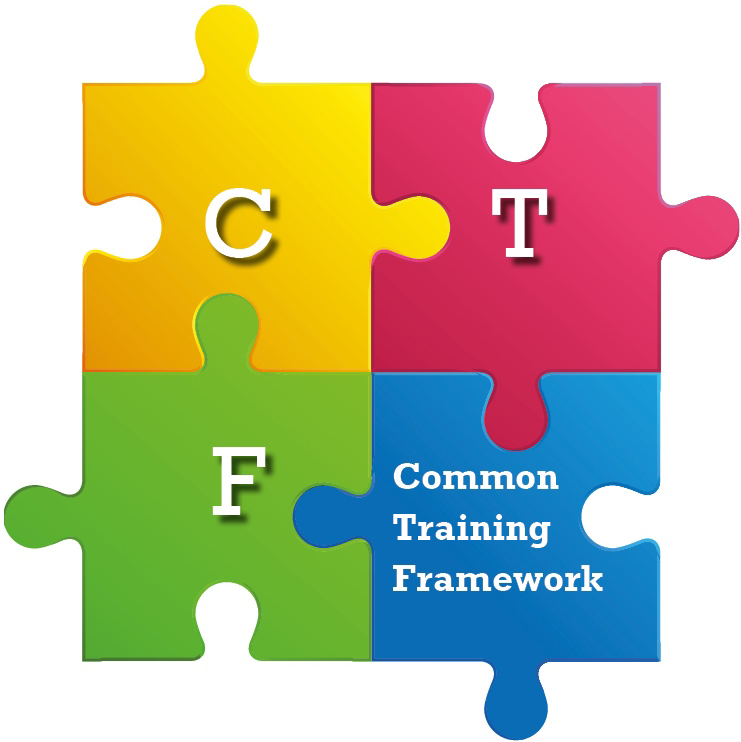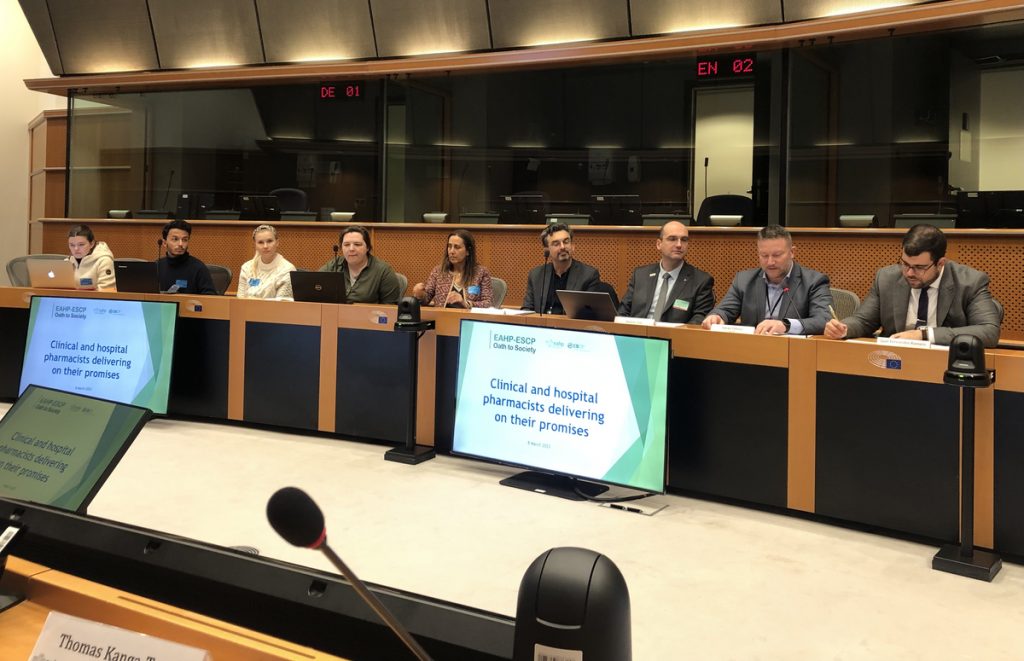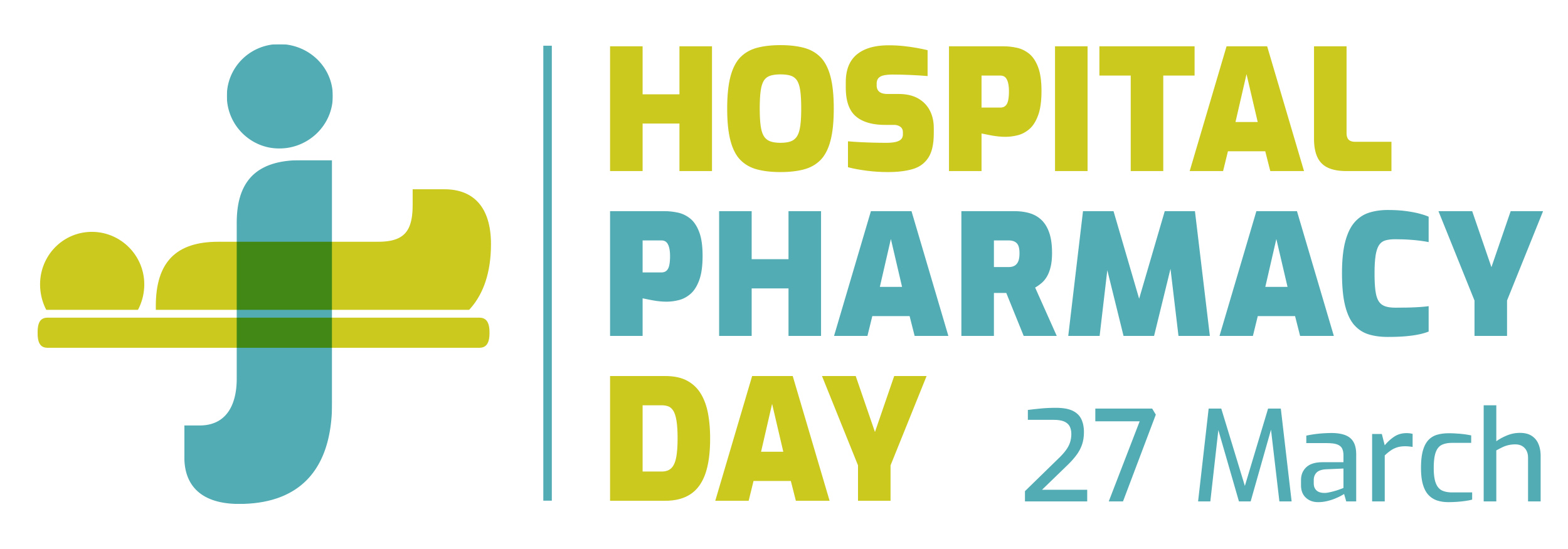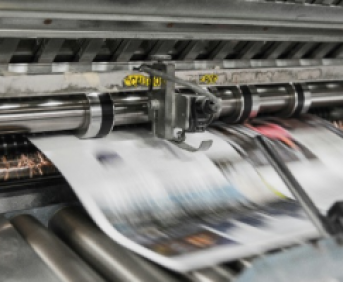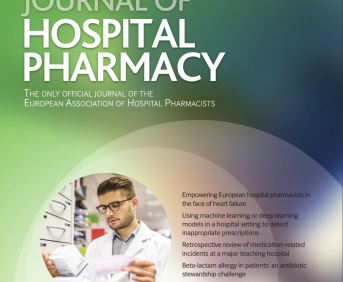Link to EAHP Statements
- Section 1 – Introductory Statements and Governance: Statements – 1.1, 1.7
- Section 2 – Selection, Procurement and Distribution: Statements – 2.6, 2.7–
- Section 4 – Clinical Pharmacy: Statements – 4.2, 4.4
- Section 5 – Patient Safety and Quality Assurance: Statements – 5.2, 5.6, 5.7, 5.11.
Statements 1.1, 1.7, 2.6, 2.7, 4.2, 4.4., 5.2, 5.6, 5.7, 5.11
Managing Controlled Substances (CS) (i.e., medicines subject to stringent governmental regulations, with addictive and/or abusive potential) is a complex and time-consuming process for hospital pharmacists (HPs) in Europe. To better understand the current situation and explore how new technologies could facilitate CS management, the European Association of Hospital Pharmacists (EAHP) established a Special Interest Group (SIG).
The SIG focused on investigating CS management in Europe through the following methods:
- Conducting a survey among individual pharmacists,
- Reviewing scientific literature and existing recommendations, and
- Mapping the regulatory environment surrounding CS management in European countries to assess similarities and differences in national legislation.
- The survey revealed that the greatest challenges for HPs are dispensing, patient administration, and registration. Despite limited resources, the literature review highlighted the importance of implementing diversion prevention programs. Mapping national legislation across European countries revealed the complexity of managing CS and underscored the need for a more harmonized and digital-friendly legislative framework.
The SIG identified advancements in technology as having strong potential to improve the traceability and accountability of CS management across Europe. However, progress is often hindered by the need for greater awareness and training for all stakeholders, as well as limitations in existing digital and physical infrastructure in hospitals, which may not be equipped to accommodate new technologies. In particular, the lack of interoperability between systems presents a significant challenge.
In response, the SIG developed 19 recommendations to improve CS management within European hospitals, targeting all stakeholders involved, including hospital pharmacists, hospital management, healthcare professional, and policymakers.
Learning Objectives:
- To gain an overview of the different approaches to managing controlled substances within EAHP member countries.
- To assess the benefits and risks of automating new technologies in the management of controlled substances.
- To review the recommendations made by the SIG to further improve CS management in hospitals.
Educational needs addressed
This session will focus on exploring the recommendations made by the SIG on Controlled Substances
Keywords: Controlled substances, hospital pharmacists, European hospitals, technology, regulatory environment, diversion prevention, digitalization, interoperability,
